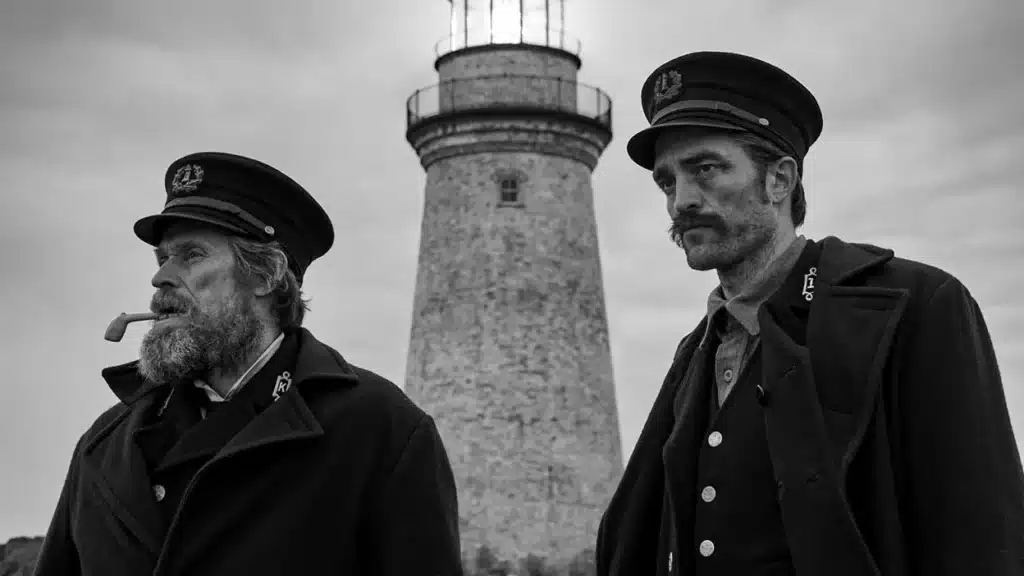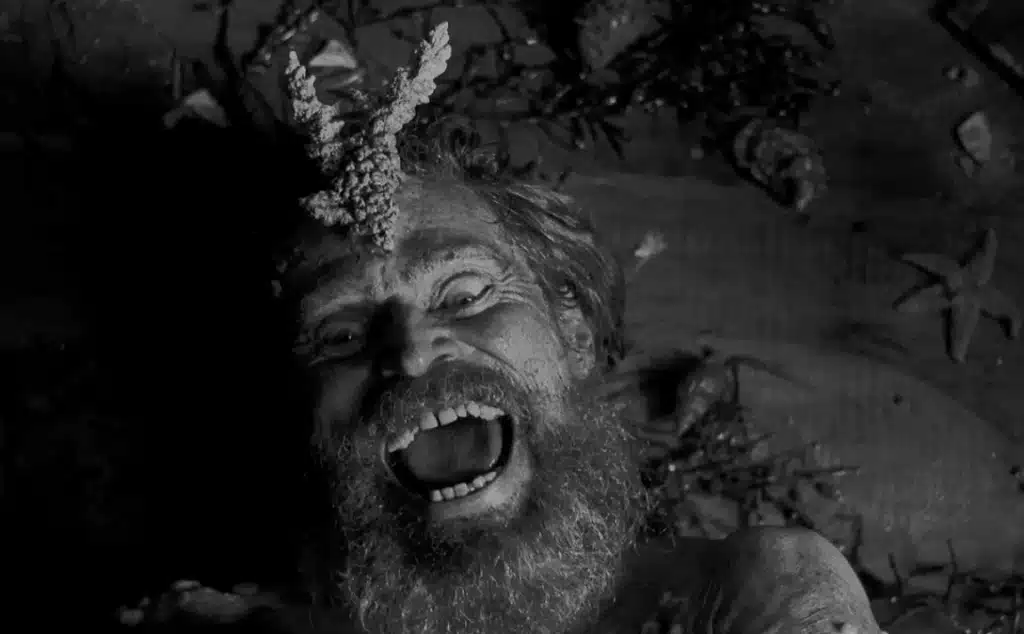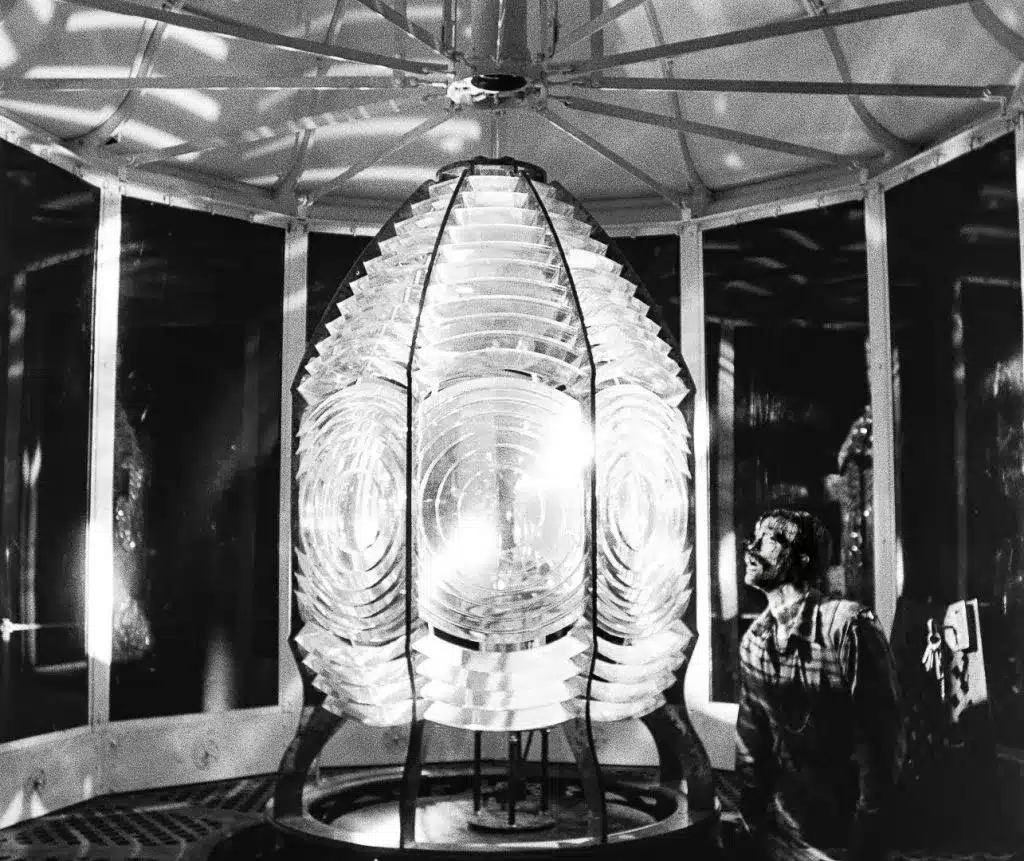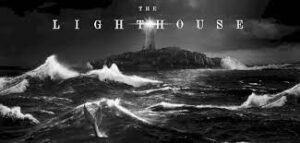The Lighthouse by Robert Egger is one of the few films out today that is as thought-provoking and ambiguous as it is. This story about two lightkeepers who appear to have been abandoned on a deserted island for several weeks might be interpreted as either a terrifying Lovecraftian horror or a gripping psychological drama. The film is full of symbols from mythology, religion, and psychoanalysis. It also raises a lot of moral, sociological, and ethical questions. The storyline and resolution of The Lighthouse are described; there will be spoilers after this. With that in mind, here are some of the movie’s most important sequences, symbols, and allegories and what they imply.

Oh, and if this post didn’t cover all of your questions, leave a comment here or send me a message on Facebook chat, and I’ll get back to you. Using the site’s search bar at the top, you can locate more film analysis.
Based on a True Story, a Promethean Surrealist Horror
This film is categorised as a Promethean surrealist horror by the majority of critics. The mystery surrounding the lighthouse and the final scene, which shows Winslow dying on the rocks with a seagull gnawing at his skin, are the two main Promethean elements in this story. Given that the fabled titan Prometheus ended himself chained to the Caucasus with an eagle tearing out his liver, the latter is undeniably Promethean.
The light itself stands for both fire and undiscovered information. Zeus didn’t sentence Prometheus for stealing fire, after all; rather, he did so for taking a knowledge-secret that he shouldn’t have had access to. In light of the comparison between Wake and Zeus, it is also possible to see Winslow’s disobedience as a Freudian uprising against a parent figure.
The idea that Wake and Winslow are the same person is one of the most intriguing possibilities presented here. The best support for this notion may come from the phrase “Why’d you spill yer beans,” given that the Wake vanishes right after Winslow admits his culpability. It is unsettling and a sign that not everything is as it seems because it is said by Wake’s inaudible voice. This hypothesis makes it much simpler to accept that Wake’s interpretation of the boat-smashing scene is more complex than simple gaslighting.
The mermaid symbol is undoubtedly the most prominent Lovecraftian one in the film. While it’s more likely that the mermaid is only Winslow’s sexual fantasy, some believe there is an evil entity haunting the island. This legend holds that when Winslow discovered the scrimshaw, he called the mermaid. This, however, might also be seen as the catalyst for his erotic fantasies.

The Lighthouse| The Psychological Impact of Isolation
One of the most obvious explanations for what actually happened in the film centres on the notion that Winslow became insane due to his extreme seclusion. It would be simple to understand how being alone had psychological ramifications that increased his paranoia to the highest level and even affected the way he perceived reality.
The first four weeks were quite difficult to get through, but when the relief was delayed, the solitary weight grew much more difficult to bear. The human psyche is soothed when there is an end in sight to any work or struggle. But without a clear finish in sight, even routine cognitive functions like keeping track of the days can be rather difficult.
The duo’s drinking, bickering, singing together, fighting, and other scenes are highly intriguing and difficult to fathom in everyday life. In a typical social setting, you might have a number of different persons serve as your boss, roommate, confidant, drinking partner, rival, etc. Here, Winslow and Wake are compelled to play each other in all of these roles.
The director deliberately chose to emphasise the foghorn’s sound since it unnerved viewers. Fog horns were they used by historical lighthouses? Absolutely! Why then is this so underrepresented in other lighthouse-themed movies? Because it has a different purpose here. It also exemplifies the monotony and dread that come with being alone.
The island is intended to appear arid and forlorn even aesthetically. Things might not have been as horrible if the two had been moved to a far-off home with rich, tiered landscaping. This wasn’t the case, though. This is further enhanced by the director’s choice to shoot the movie in black and white.

Microcosm of the Society
The lighthouse’s representation of a microcosm of civilization is among the more intriguing aspects of the film. Wake, the elderly lighthouse keeper, establishes his control over his younger colleague from the start despite the fact that there are only two individuals on the island and they appear to have identical responsibilities and social position.
Sociology can be used to interpret the Promethean concept that we previously discussed. The individual in a position of leadership has access to this fabled secret information that the subordinate does not. Winslow performed all the instructions given to him, including painting the lighthouse and performing countless other menial duties, yet Wake still referred to him as an inept drunk. This is a metaphor for an elder authoritarian figure who unfairly restricts the advancement of his younger subordinate.
Last but not least, the idea of leaving your past behind and moving somewhere far away is similar to themes found in several books by Joseph Conrad, including Heart of Darkness and Lord Jim. In order to start over, Winslow also assumes a different identity in this situation. He does, however, revert to his violent, antisocial personality. This supports the idea that Wake and Winslow are the same individual. This interpretation would make the second lighthouse keeper a representation of his conscience pleading with him to “spill the beans.” Additionally, it would support the idea that this island served as Winslow’s purgatory.
What exactly transpired, The Lighthouse?
Robert Pattinson acknowledged in an interview that he had questioned Eggers about the true story behind the film. Was it all in my head, hallucinations brought on by my seclusion, a mystical energy in the lighthouse, etc.? The plot is whatever the performer (or any other viewer) wishes it to be, the director flatly declined to comment. In other words, the director purposefully left room for a range of tale interpretations. This is akin to Filth’s cliffhanger, in which the fate of James McAvoy’s character is left to the discretion of the audience.
In an interview, Robert Pattinson admitted that he had asked Eggers about the real-life events that inspired the movie. Was all I experienced a hallucination brought on by my isolation, a supernatural energy in the lighthouse, etc.? The director steadfastly denied to respond, saying that the plot is whatever the actor (or any other viewer) wants it to be. To put it another way, the filmmaker made sure to leave room for a variety of story interpretations. This is similar to the cliffhanger in the movie Filth, when the viewer decides what happens to James McAvoy’s character.

It’s vital to note that the plot was inspired by the actual Smalls Lighthouse Tragedy, which occurred in 1801, when discussing the movie’s objective events. Thomas Griffith and Thomas Howell, two lighthouse keepers, were in command of the lighthouse when Griffith was killed in an accident. Howell simply left the body nearby the lighthouse out of concern that he would be charged with murder if he did otherwise. Howell was in a terrible mental state by the time he was saved because this decision had been so emotionally taxing.
It wouldn’t be unreasonable to suppose that the story’s actual events were somewhat reminiscent to the Smalls Lighthouse Tragedy.
As a result,
The biggest issue with reading The Lighthouse’s conclusion is that it may be understood in a number of radically different ways without any of them being wholly incorrect. You could think of the lighthouse as Thomas Howard’s tortured soul’s purgatory. You might also take it literally and consider it to be a typical lighthouse story with an emphasis on the psychological implications of being alone in ominous circumstances. Last but not least, you may consider it a Lovecraftian tale of horror from the underworld.
There are no conclusive solutions because the conclusion is purposefully left unanswered. Even said, there are occasions when the search for an answer can be more satisfying than finding the solution.
What did you think of The Lighthouse’s storyline and climax? Comment below and join the discussion.
ALSO READ THIS: Manifest 2018 Movie Explained
